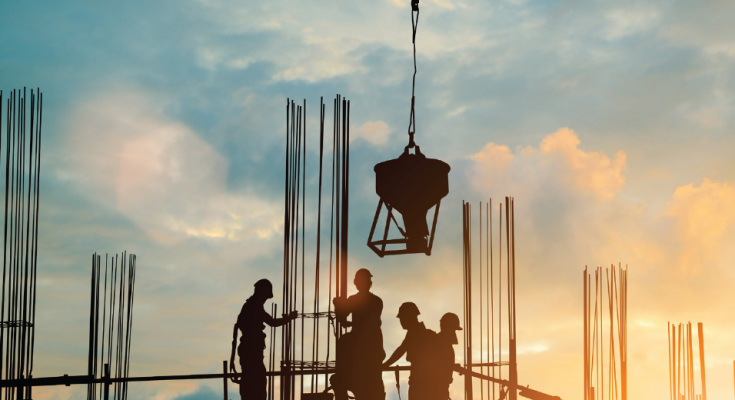While concerns about the economy are top of mind for business owners, there’s a reason that many people are looking at the construction and real estate market to gauge what’s ahead.
Despite some general uncertainty, certain aspects of commercial real estate show some resiliency, or even success. Industrial trends have shown momentum as manufacturing, e-commerce and logistics continue to drive the local economy.
In fact, a divide between construction sectors has become more visible in parts of the country as some experts say commercial and industrial building continue to boom, according to an article on Levelset.com.
“Rising interest rates have already driven the single-family homebuilding market into recession, but brisk nonresidential activity continues,” stated Associated Builders and Contractors’ chief economist Anirban Basu in a recent report.
However, it’s hard to get an accurate gauge on profit expectations due to price inflation, product availability and higher staffing costs. Until more data is available, projections are uncertain.
So far, experts believe the commercial and industrial construction sector appears to be resilient. The Associated Builders and Contractors’ Construction Backlog Indicator cites a sustainable level of projects for the future. In August, the industry held 8.7 months of backlog — a number that has doubled since last year.
According to sources, one contributor to the nonresidential industry’s upbeat outlook could be the passage of last year’s infrastructure bill, which leans in favor of commercial, industrial and infrastructure projects nationwide. The $1 trillion bipartisan plan was set to distribute funds for projects across many sectors: roads and bridges, public transit, water and wastewater, passenger and freight rail, and airports.
Also, challenges in the housing market may be creating an even greater perception of discrepancy between the two areas of construction, with higher mortgage rates weighing heavily on demand — or lack thereof — for new housing in parts of the country.
Ken Simonson, chief economist for the Associated General Contractors of America, is noted as referencing two indexes — the Architecture Billing Index and the Dodge Momentum Index — that provide insight into billings and backlogs, and each source shows a strong commercial outlook.
The Architecture Billing Index indicates construction spending on new, non- residential buildings will be increasing.
“It’s a very favorable indicator for continued growth in nonresidential building construction,” Simonson reported.
In this edition of the MBA Business Magazine, we’ll explore some of tri-state region’s leading resources in the construction and real estate market, such as Marsh Schaaf Attorneys. For 125 years and counting, the law firm has been assisting employers with their real estate and development needs, and much more with its wide range of
legal expertise. In addition, we’ll talk to Pete Austin of E.E. Austin & Son Inc. about his thoughts on the construction industry and the exciting projects that his firm has in the works.
Plus, don’t miss exclusive coverage of this year’s MFG Day and Annual Event or the recent graduates of the Association’s training courses.
For more information about the MBA and its members or services, visit mbausa.org.












